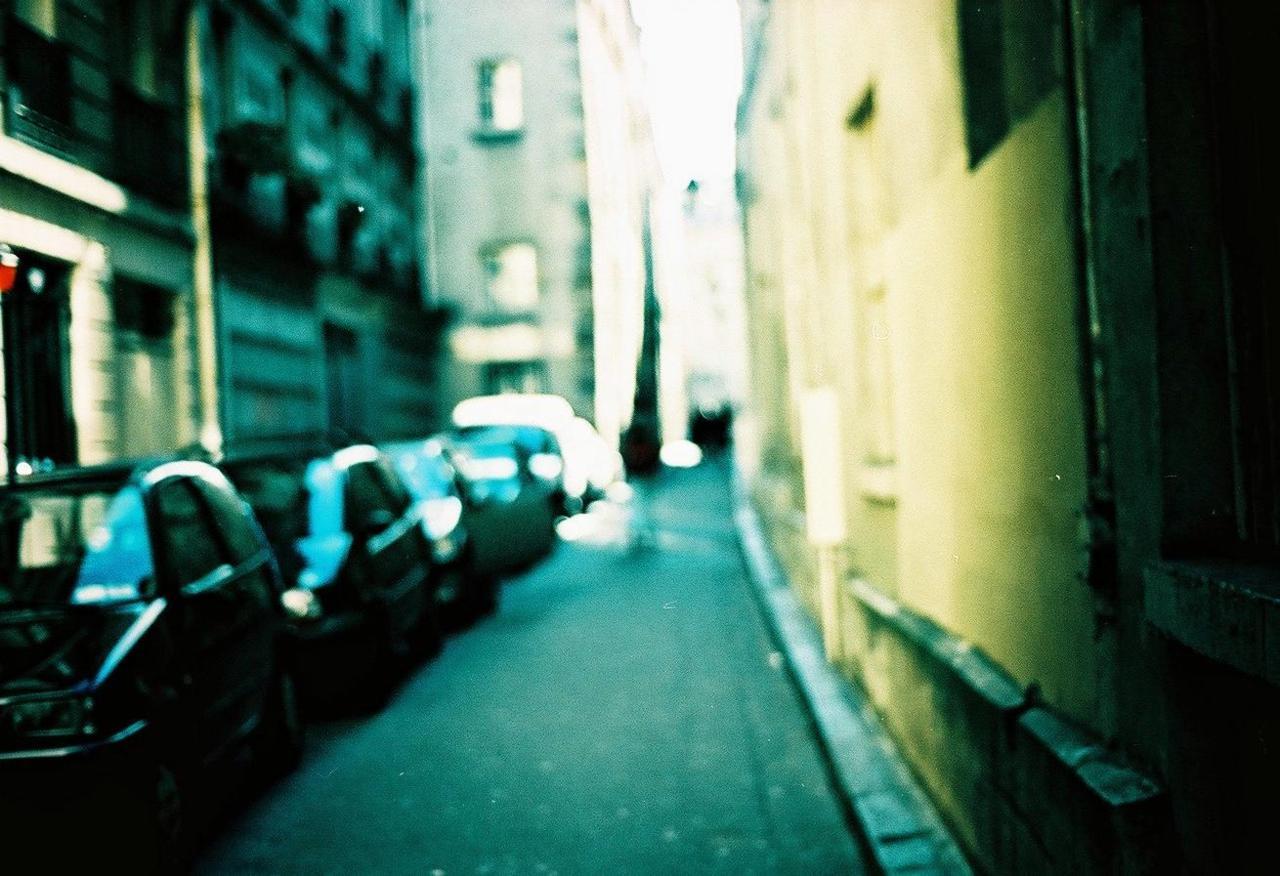

With no dye couplers in your B&W film, you won't get a dye cloud image, but if you don't bleach the silver, you'll still get a silver negative images, just like what you'd get in D-76 or Rodinal.

Any color developer will produce a silver image in any conventional film - but standard color processes bleach away the silver to leave only the color dye clouds that form the final (either positive or negative) color image.

There's one "color" process that might have produced an image like the one shown (though it appears the negative was "distressed" in some manner as well): that's developing with any of the three developers, C-41, E-6 First Developer, or E-6 Color Developer, then stopping and fixing with non-bleaching fixer (like conventional B&W fixer or C-41 fixer, not blix), without going through the bleaching step (often combined with fixing in home color developing kits).
Stabilize with "stabilizer" (whatever that is and does). Fix to remove all the remaining silver leaving the dye image that was coupled to the silver in the second (colour) development. At this point, you are developing all the remaining silver that has not been bleached. You have already removed the negative image. Re-develop the re-exposed image in colour developer (one with colour coupler(s) added) to completion. Expose the film to light or chemical fog to render the remaining undeveloped silver image (which is positive). Bleach the existing negative metallic silver image which will make it water soluble. Stop development at the appropriate time with stop bath. The first developer works to provide the negative silver image. In effect, you are going to produce a "stain" image similar to "pyrogallol"/"Pyrocatechin" developed images The secret is in how colour coupling works on a silver image. Developing a Black & White film as colour film will leave a dye image rather than a metallic silver one.







 0 kommentar(er)
0 kommentar(er)
